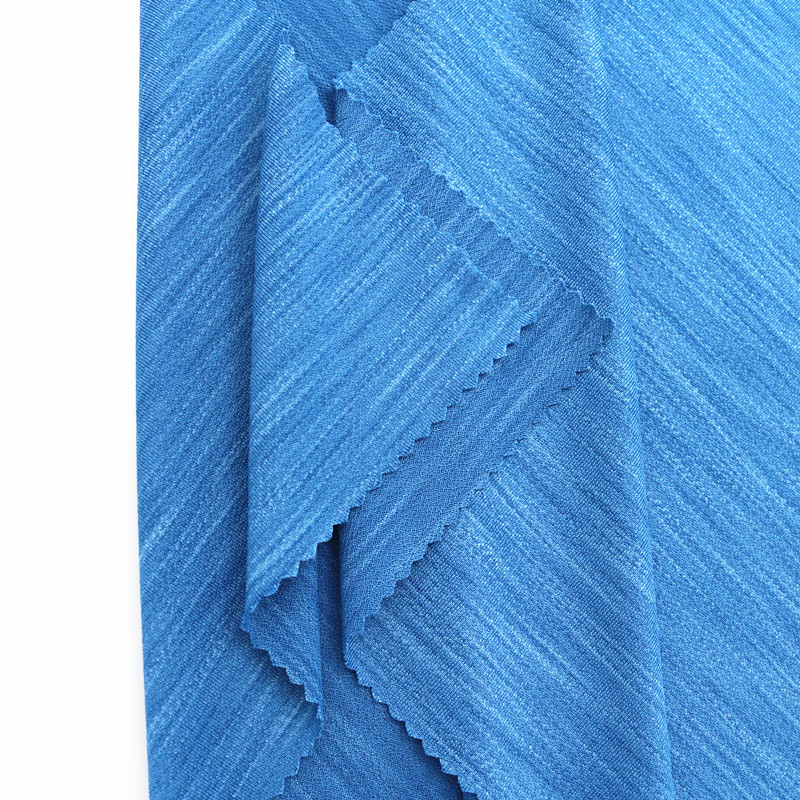Wool fabric generally requires significantly less water usage during production compared to cotton. Here’s a comparison of water usage for wool fabric versus cotton:
- Cotton:
- Water-Intensive Cultivation: Cotton is a water-intensive crop, requiring significant amounts of water for irrigation during cultivation. The exact water usage can vary depending on factors such as climate, soil conditions, and farming practices, but cotton cultivation typically consumes a large volume of water.
- Processing: After cultivation, cotton undergoes various processing stages such as ginning, spinning, weaving, and dyeing. Each of these processes may require additional water for cleaning, rinsing, and dyeing the cotton fibers. Cotton dyeing, in particular, can be water-intensive, depending on the dyeing method and equipment used.
- Total Water Footprint: The total water footprint of cotton fabric includes both the water used during cultivation and processing. Cotton’s water footprint can vary widely depending on factors such as irrigation methods, rainfall patterns, and the efficiency of processing facilities, but it is generally considered to be high compared to other textile materials.
- Wool:
- Low Water Usage in Cultivation: Wool is derived from the fleece of sheep, which graze on pasturelands. Unlike cotton, wool production does not require extensive irrigation, as sheep obtain most of their water from grazing on natural vegetation. While water may be used for watering livestock or maintaining pasturelands, it is generally much lower compared to cotton cultivation.
- Processing: Wool processing involves shearing the sheep to harvest the fleece, followed by cleaning, carding, spinning, weaving, and finishing the wool fibers. China Wool Fabric supplier While water may be used during processing for cleaning and scouring the wool, the overall water usage is typically lower compared to cotton processing, especially in regions where water resources are limited.
- Total Water Footprint: The total water footprint of wool fabric includes water usage during both sheep farming and processing. While sheep farming may require some water for watering livestock and maintaining pasturelands, the overall water footprint of wool is generally lower compared to cotton due to the lower water intensity of sheep farming and processing activities.
In summary, wool fabric tends to have a lower water usage footprint compared to cotton fabric, primarily due to the lower water intensity of sheep farming and processing activities. This makes wool a more water-efficient choice for textile production, especially in regions where water scarcity is a concern. However, it’s essential to consider other environmental factors and sustainability aspects when evaluating the overall environmental impact of textile materials.
What certifications or standards ensure the sustainability and eco-friendliness of Wool Fabric?
Several certifications and standards ensure the sustainability and eco-friendliness of wool fabric by promoting responsible farming practices, animal welfare, environmental stewardship, and social responsibility throughout the supply chain. Here are some of the key certifications and standards for wool fabric:
- Global Organic Textile Standard (GOTS): While GOTS primarily focuses on organic fibers such as cotton and linen, it also includes criteria for the processing of wool fibers. GOTS certification ensures that wool fabric meets strict environmental and social criteria, including organic farming practices, prohibition of harmful chemicals, and adherence to fair labor standards.
- Organic Wool Certification: Specific organic certifications for wool ensure that the wool is sourced from sheep raised on organic farms that adhere to strict standards for soil health, biodiversity conservation, and animal welfare. Examples of organic wool certifications include USDA Organic (United States), EU Organic (European Union), and BioGro (New Zealand).
- RWS – Responsible Wool Standard: Developed by Textile Exchange, the Responsible Wool Standard (RWS) aims to ensure the welfare of sheep and the responsible management of land. RWS certification verifies that wool comes from farms where sheep are treated ethically, land is managed sustainably, and farmers adhere to strict animal welfare and environmental standards.
- ZQ Merino Standard: The ZQ Merino Standard focuses specifically on merino wool production in New Zealand. It encompasses criteria for animal welfare, environmental sustainability, China Wool Fabric manufacturers social responsibility, and traceability. ZQ-certified merino wool ensures that sheep are treated humanely, land is managed responsibly, and communities benefit from ethical practices.
- Bluesign System: While not specific to wool, the Bluesign System provides a comprehensive approach to environmental sustainability in textile production. Bluesign certification ensures that wool fabric meets strict criteria for resource efficiency, consumer safety, air and water emissions, and worker health and safety throughout the manufacturing process.
- Cradle to Cradle CertifiedTM: Cradle to Cradle CertifiedTM is a holistic certification program that evaluates products based on their environmental and social performance across five categories: material health, material reutilization, renewable energy and carbon management, water stewardship, and social fairness. Wool fabric can achieve Cradle to Cradle certification by meeting stringent criteria for sustainability and circularity.
- Fair Trade Certification: Fair Trade certification ensures that wool farmers and workers receive fair wages, safe working conditions, and support for community development. Fair Trade certified wool fabric demonstrates a commitment to ethical sourcing, social responsibility, and empowerment of farming communities.
By choosing wool fabric with certifications such as GOTS, organic wool, RWS, ZQ Merino, Bluesign, Cradle to Cradle, or Fair Trade, consumers can ensure that their purchases support sustainable and ethical practices in the wool industry, promoting environmental stewardship and social responsibility.
